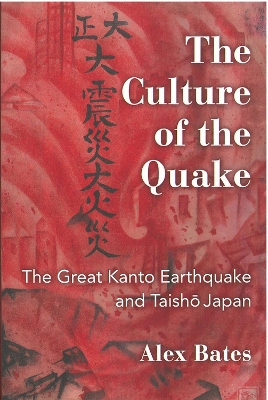Michigan Monograph Series in Japanese Studies
1 total work
The Culture of the Quake is first and foremost an exploration of Taishō-era narrative fiction. Every major film studio produced earthquake films, and authors from I-novelists to modernists, proletarian writers to popular fiction writers wrote something on the earthquake. In every case pre-existing attitudes toward their work shaped the way these people represented the earthquake, and yet the overwhelming destruction and mass suffering also posed particular challenges in representation. How could one show the pain without exploitation? Other scholars have looked at some of these groups of writers or filmmakers individually, but there are no studies looking at how they each tackled a similar subject. The Great Kanto Earthquake is an understudied event that has only recently caught the attention of scholars. By focusing on the way it was represented in high and low culture, The Culture of the Quake gives insight into how people experienced the disaster and how they interpreted it in the years following. This book should be of interest to scholars of Japanese and Asian literature, film, culture, and history, and scholars of disaster studies.
